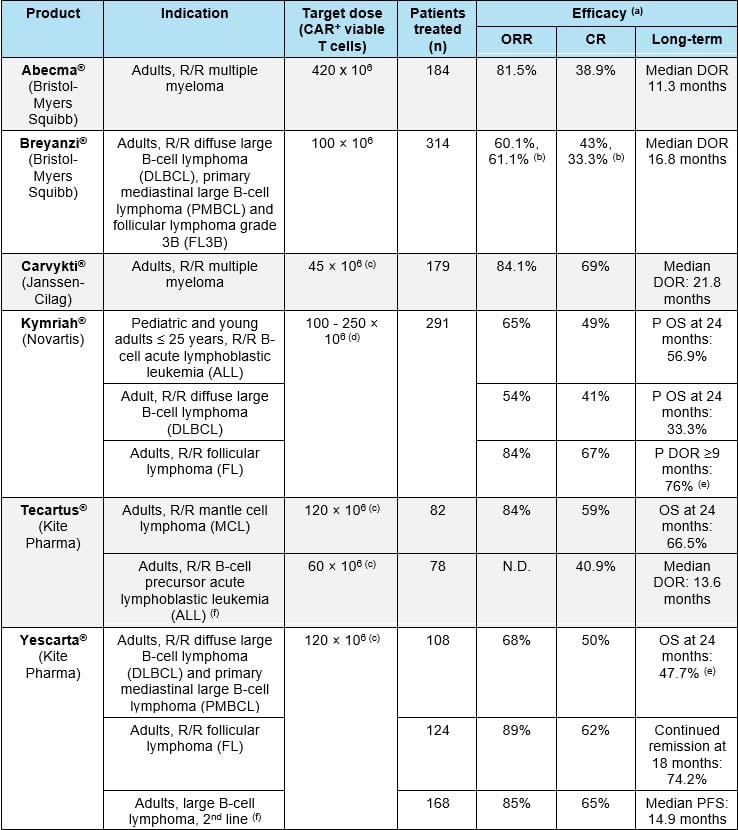March 25, 2015

March 25, 2015

My apologies to you in the technical writing profession out there, but there are not too many topics that are as bland and unappealing as technical writing. Personally, I'd rather step on a sharp tack barefooted than discuss the matter if it weren't for the fact that effective technical writing is actually a critical aspect of your Corrective and Preventative Action (CAPA) processes. Besides, this article is aimed at the non-technical writing professionals: those quality and manufacturing engineers and others that are part of the CAPA system/process and who maintain some responsibility to write, review and/or approve CAPA documentation.
A good CAPA system is going to involve the following elements:
The need for technical writing, i.e., the attempt to convey information to another person or party in the most clear and effective manner possible, is applicable in all of the above CAPA elements. Effective technical writing then is very important to the organization to aid its own understanding and subsequent efforts to remediate manufacturing and compliance issues; however, its criticality especially comes into play during inspections by regulatory authorities.
Assume for a moment that you're an inspector and you are evaluating a CAPA report for a serious manufacturing issue that has the potential to affect a product's safety or efficacy. You're thinking the organization under inspection had better get it right so that doesn't happen, correct? What are you going to think if that report is vague, wordy, emotional, unclear, confused, or otherwise ineffective?
A well-written CAPA is going to give an inspector the sense that the issue was well understood, and that the organization truly identified, evaluated, and remediated the issue appropriately. Effective technical writing provides an inspector comfort and does not prompt additional questions and inquiries because they thoroughly understand the nature of the issue and what was done to correct it. They are more likely to move on with their inspection.
Poorly written CAPAs do not provide a comfort level and are more prone to lead an inspector to drill deeper to fully understand the nature of the issue and how it was purported to be corrected. Simply because the technical writing was ineffective, the organization has invited more questions and probing. Experienced Quality Assurance professionals know the last thing they want to offer is an inadvertent invitation for an inspector to poke further around.
The people with signature approval for CAPA documentation should be critiquing the quality of the technical writing with this in mind: Effective technical writing helps to minimize an organization's regulatory exposure.
Learn more about ProPharma Group's CAPA and Compliance services.
Contact us to get in touch with our subject matter experts for a customized Compliance presentation.
October 10, 2012
One of the challenges to starting any User Requirement Specification (URS) is to envision a structure which can allow for traceability as the project continues. The attached sample URS is a starting...

September 20, 2022
It comes as no surprise to any pharmaceutical or biotech company that planning the clinical development of CAR-T cells is an extremely challenging endeavor: high efficacy is expected in each targeted...
May 14, 2020
On Monday, May 11th, the FDA issued two guidance documents regarding the development of products indicated for the treatment and/or prevention of COVID-19. With these documents, the Agency intends to...